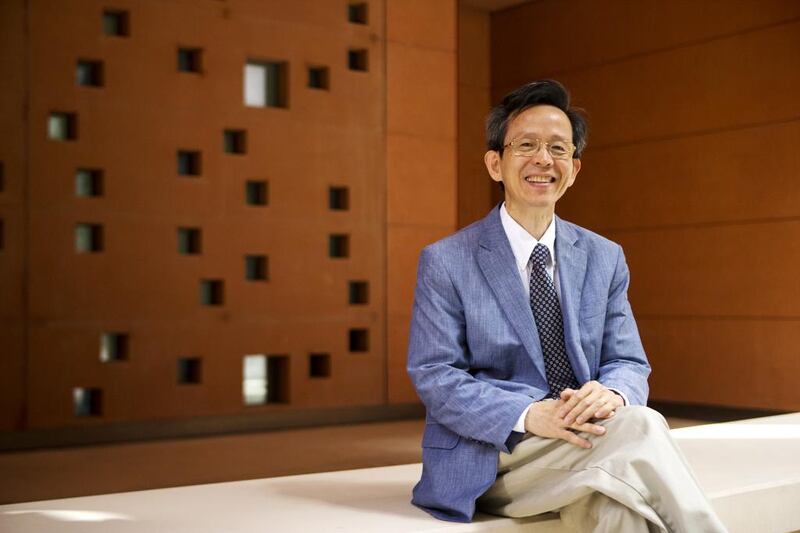It is still in its infancy but three-dimensional printing is what experts call a disruptive technology. It has changed the way items including plane spare parts and prosthetic arms are produced, and it is not stopping there.
Scientists are experimenting with the use of live cells to one day be able to produce human organs, while innovation in the field could allow astronauts to print spare parts for complex mechanical and electronic equipment in space.
There are many questions to be answered before this happens and some answers will come from labs at the Masdar Institute of Science and Technology, where 12 research projects into the technology are under way.
Called additive manufacturing, 3-D printing is a process in which objects are built from scratch by adding layer upon layer of material.
This is in contrast to subtractive manufacturing, in which material is cut and drilled from larger pieces.
“The beauty of 3-D technology is it allows us to build very complicated three-dimensional structures within a very short period of time,” says Dr Daniel Choi, associate professor at the institute’s department of mechanical and materials engineering.
Dr Choi is working on developing an electronics device called a gyroscope using 3-D printing technology.
The device is used for controlling the position of moving objects and has applications in aerospace technologies, measuring the angular velocity of moving satellites and aircraft.
“Currently, people are using so called microfabrication technology adapted for semi-conductor transistor fabrication,” says Dr Choi, explaining that the production process happens in so-called clean rooms, using million-dollar machines.
“I am trying to replace that kind of technology with 3-D printing technology to fabricate similar-function devices such as a gyroscope.”
“It is very comparable with the performance of microfabricated gyroscope devices, but the very good thing about this technology is to shorten the time of fabricating a device,” he says.
Dr Choi says it could also reduce the cost and allow for devices to be produced in any kind of environment.
A key question in solving the challenge will be developing special inks for the 3-D printing process.
Additive manufacturing also promotes the more efficient use of resources, compared to traditional subtractive manufacturing. This is especially the case when it comes to producing metal parts.
“If you compare how much we buy in terms of material, how much we end up flying in the aeroplane and then cutting off, you end up with a ratio of one to 20,” says Dr Mamoun Medraj, professor of materials science and engineering. “So much material is wasted.”
Dr Medraj is looking to optimise the techniques of 3-D printing of metal parts, an area a lot less developed compared to the printing of plastic objects.
“We still need lots of research and development to work on materials which are suitable for 3-D printing and properties which are as good as those done by conventional manufacturing.”
The research looks at two techniques – selective laser sintering, in which lasers melt powder material consolidating it into various forms, and direct deposition, in which liquid layers of metal are imposed on top of each other to build three-dimensional objects.
Dr Medraj and his students are collaborating with scientists in Canada where metal parts are printed using the two methods.
The parts’ properties are then carefully studied at Masdar Institute’s unique characterisation laboratory.
One line of inquiry is finding how laser parameters, such as power, focal point and deposition rate, affect the mechanical properties of the printed objects.
The team is also comparing results depending on whether powder or alloy wires are used. The printing strategy is another variable they are investigating.
The materials so far used are nickel-based super alloys, as well as metal alloys based on magnesium and titanium.
They can be used for various purposes, such as in the aviation industry or for repairs in the energy sector, an area that Dr Medraj says has large potential in the UAE.
“We have demanding industries in terms of requirements for materials – like the petroleum industry, the energy production and chemicals,” he says.
“These industries use expensive components, which when they need repairing they sometimes have to be shipped to western countries to be repaired but with additive manufacturing this can be done here, but we still need to develop the processes and the research required to do this.”
newsdesk@thenational.ae






